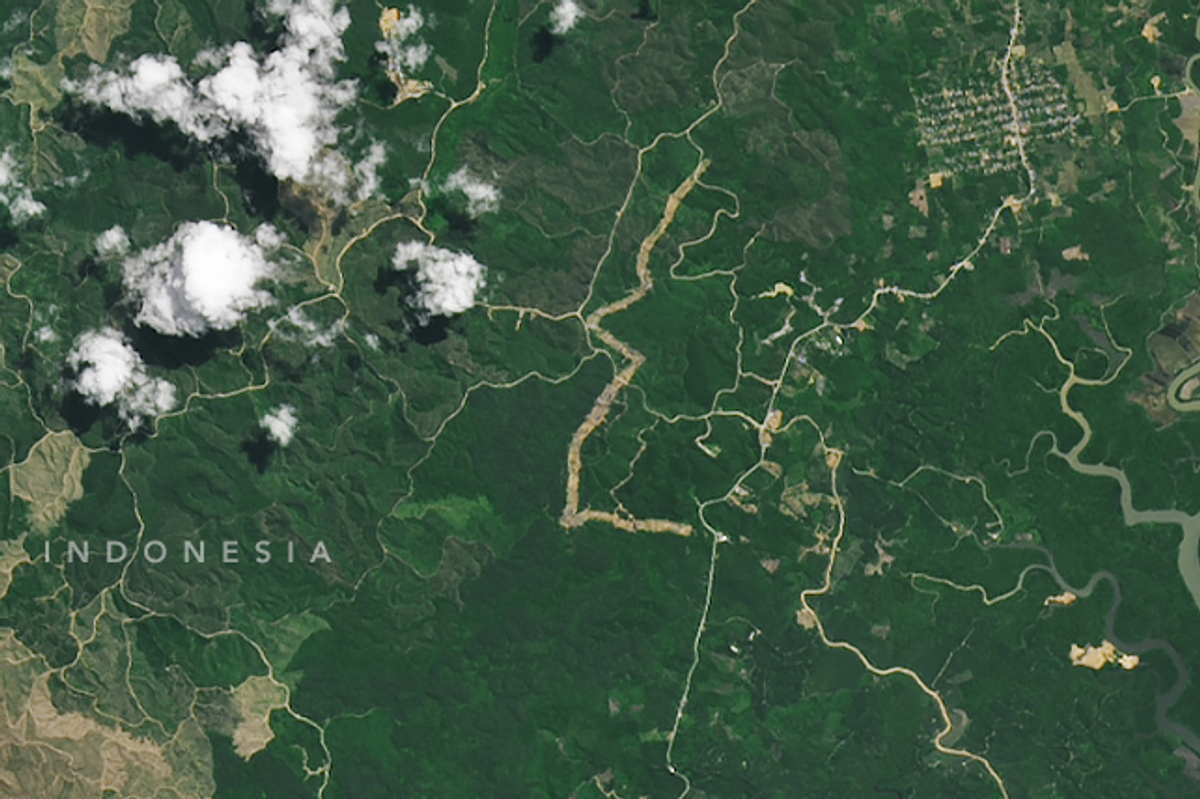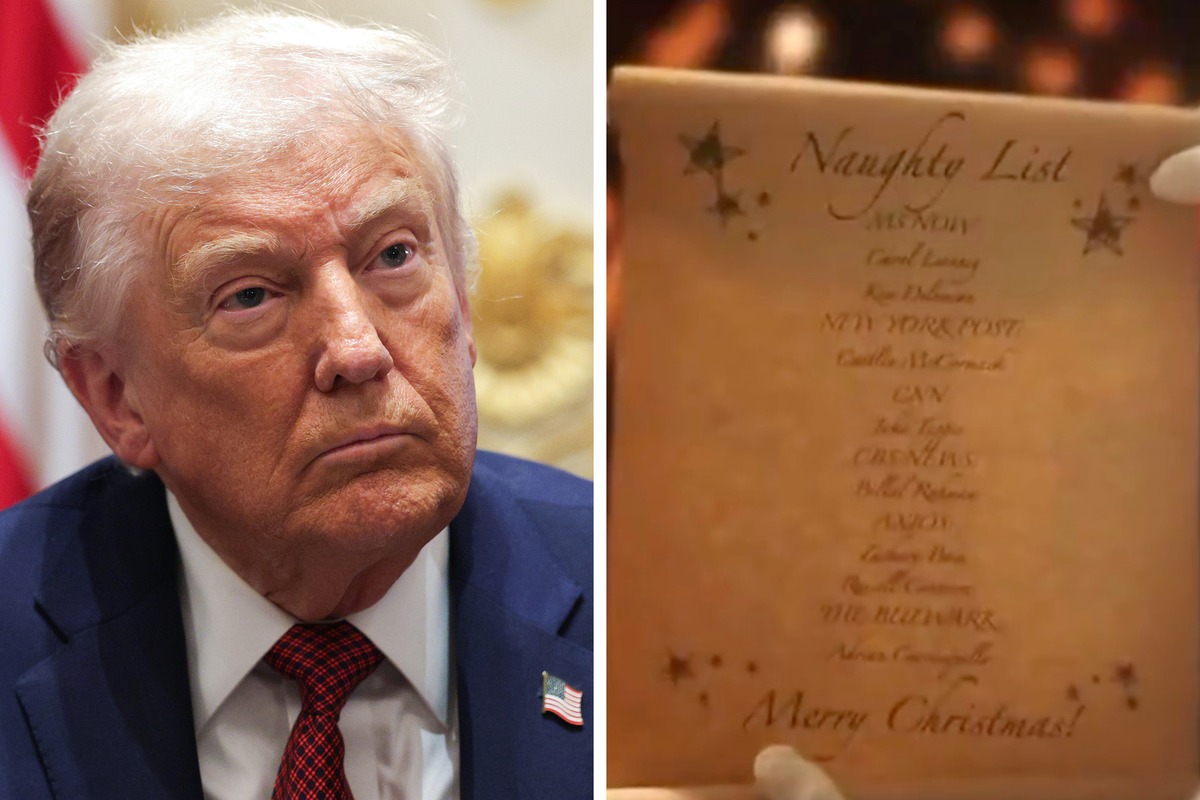
It’s hard to fathom that there will come a time when many of the world’s great towns and landmarks will cease to exist.
And yet, it’s a reality Indonesians are having to confront right now, as their own capital, Jakarta, sinks deeper and deeper into the ground.
Indeed, the issues of land subsidence and sea-level rise are so grave that around 25 per cent of the city will be submerged by 2050, according to a recent study by the National Research and Innovation Agency (BRIN).
As of February 2024, 40 per cent of the city lies below sea level.
Even the US president has shared his concern for Jakarta’s future. In July 2021, Joe Biden warned that Indonesia may have to move its capital “in the next 10 years” because “they’re going to be underwater”.
Sadly, the situation only looks set to get worse with climate change threatening to further speed up the city’s collapse.
If this weren’t enough, frequent flooding, heavy traffic, dangerous air pollution and shortages of drinking water continue to blight its population of some 30 million people.
So the country’s authorities have had to come up with a solution – fast.

As a result, they are now in the process of relocating the capital to Nusantara in East Kalimantan, on the island of Borneo.
The only issue is that this will require the gradual shifting of millions of people from Indonesia’s mainland, Java, to the sparsely populated island.
Oh, and the fact that Nusantara, as a city, doesn’t actually exist yet.
The lush forest land was earmarked as the country’s future capital by Indonesia’s president Joko Widodo back in 2019.
He explained that the relocation would not only save Indonesians from the host of issues associated with the overburdened metropolis, but that it offered a unique opportunity to build a “green city” from the ground up.
Widodo pledged that the country’s new administrative centre, also known as IKN Nusantara, would be built to ensure minimal environmental damage, and would reach net-zero carbon emissions by the time of its predicted completion in 2045.
Construction on the $32 billion project began in July 2022, in an area of forests and oil palm plantations, NASA notes in a news release.
Just prior to kick-off, the space agency’s Earth Observatory captured images of the site.

Now, almost two years later, it has revealed how the work has progressed.
Juxtaposed images, published on 19 February, show how the jungles of Nusantara have undergone rapid change, with roads carved into the landscape and a scattering of buildings erected.
In the 2024 image, piles of exposed soil can be seen that have been dug up to install a network of roads.

According to the IKN Nusantara website, the first stage of development involves building government facilities – including a State Palace – and basic infrastructure for the city’s initial 500,000 residents.
Among the pillars of the project are that the city will be 100 per cent powered by renewable energy, will have a zero per cent poverty rate by 2035 and that more than 75 per cent of the zone will remain forested.
Furthermore, its architects aim to see it named one of the world’s 10 Best Cities, according to the Global Liveability Index, by 2045.
Nevertheless, such massive and ambitious plans are never so straightforward, and many environmental and Indigenous rights activists are warning of the development’s potential ecological and societal impacts.
The stretch of land and its coastal waters are rich in biodiversity – home to a host of threatened species including Irrawaddy dolphins, sun groves, proboscis monkeys and orangutans.
Fears for the safety of these beloved animals increased when, in June 2023, local news site Mongabay shared footage of an orangutan crossing the construction site of a planned toll road.
The presence of the ape walking along the dusty road contradicts the government’s claims that the city will be built with minimal disruption to the surrounding flora and fauna.

“[The orangutan’s presence] indicates that the area is a natural wildlife corridor,” Mapaselle, the executive director of local community conservation group Pokja Pesisir, told Mongabay.
“It also indicates that the development of the new capital doesn’t pay attention to the biodiversity in the Sungai Wain protection forest and the coastal forest area.”
Despite being relatively small (measuring around 13,000 hectares, or 32,000 acres) the Sungai Wain rainforest is of national importance. It supplies 25 percent of the nearby city of Balikpapan’s freshwater needs, and has high biodiversity, including a small breeding population of Bornean orangutans.
Mapaselle argued the government should never have planned the toll road in a location so close to the Sungai Wain protected habitat, adding that its failure to do this throws into question President Widodo’s promise that the Nusantara will be a “green forest city.”
“We just want to demand the government to uphold its promise,” he said.
“[The authorities] say one of the reasons to move the capital to East Kalimantan province is to recover the ecosystems there. Show that to us.
“Immediately recover the cut-off wildlife corridors [in Sungai Wain]. If the entrance to the new capital has already destroyed [wildlife habitat], then how could you say that the new capital will be a green forest city?”
Still, as the NASA images make plain, there’s a long way to go before Nusantara becomes a bonafide global capital.
Till then, the world will continue to closely monitor how things are taking shape.
Sign up for our free Indy100 weekly newsletter
Have your say in our news democracy. Click the upvote icon at the top of the page to help raise this article through the indy100 rankings













